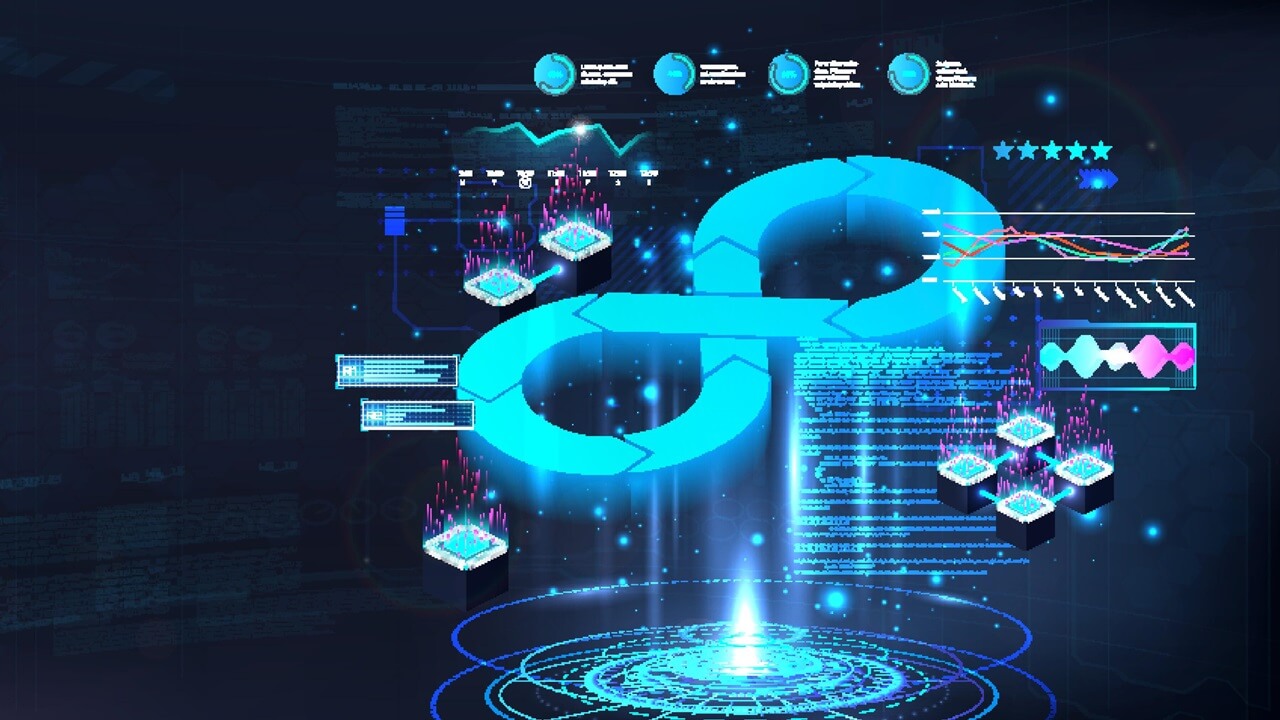Get Going With GitOpsGet Going With GitOps
GitOps applies DevOps best practices to infrastructure automation. Here's why you may want to bring this concept to your development team.

Although most of the software development lifecycle is now automated, infrastructure continues to be a largely manual process requiring specialized teams. Yet with infrastructure demands rapidly growing, more organizations now look toward automation for help.
GitOps uses Git project repositories as the single source of truth for managing application configuration and deployment information, says Elliot Peele, senior manager of software development at analytics software provider SAS. "By using declarative specifications stored in a Git repository, it ensures that the desired state of the system is always maintained and continuously reconciled," he explains in an email interview.
Mike Rose, data and analytics director at technology research and advisory firm ISG, notes that a GitOps framework ensures that the entire system -- including infrastructure, applications, and configurations -- is described in a consistent manner within Git, allowing for consistent, repeatable, and auditable changes across environments. "It enhances transparency and traceability and significantly reduces the risk of configuration drift between the desired state and the actual state of the infrastructure." he states via email.
Peele adds that the approach not only enables continuous integration and deployment, but also provides version management and rollback capabilities, which are crucial for maintaining consistency and reliability in infrastructure management.
GitOps in Action
GitOps implementations have a significant impact on infrastructure automation by providing a standardized, repeatable process for managing infrastructure as code, Rose says. The approach allows faster, more reliable deployments and simplifies the maintenance of infrastructure consistency across diverse environments, from development to production. "By treating infrastructure configurations as versioned artifacts in Git, GitOps brings the same level of control and automation to infrastructure that developers have enjoyed with application code."
Rose states that GitOps reduces manual errors, allows increased deployment frequency, and generally improves overall system reliability. "Probably one of the most valuable but intangible benefits of GitOps is its ability to foster closer collaboration between development and operations teams as both groups work from the same set of Git repositories to manage application code and infrastructure configurations," he says. "This alignment will accelerate the feedback loop between development and operations."
GitOps will have a significant impact on infrastructure automation, Peele predicts. "By providing consistency, version control, continuous deployment, reduced configuration drift, and enhanced security and compliance, GitOps is a game changer in software development and deployment practices," he says. "It enables peer review for configuration changes and allows developers without prior operations experience to control their application's deployment."
Multiple Benefits
GitOps' primary benefit is its ability to enable peer review for configuration changes, Peele says. "It fosters collaboration and improves the quality of application deployment." He adds that it also empowers developers -- even those without prior operations experience -- to control application deployment, making the process more efficient and streamlined.
Another benefit is GitOps' ability to allow teams to push minimum viable changes more easily, thanks to faster and more frequent deployments, says Siri Varma Vegiraju, a Microsoft software engineer. "Using this strategy allows teams to deploy multiple times a day and quickly revert changes if issues arise," he explains via email. "This high deployment velocity accelerates releases, allowing teams to deliver business impact quicker."
Since infrastructure state is defined in code and stored in Git, static analysis can be performed to detect security misconfigurations, Vegiraju says. "This approach helps enhance the overall security posture by identifying and addressing potential vulnerabilities early."
Rose reports that ISG research shows that an environment using GitOps -- along with complementary AI Ops improvements -- can see a productivity efficiency of at least 30% over a two-year time horizon.
Top Adopters
GitOps is most likely to be adopted by enterprises that focus on automation and consistency, Peele says. "The peer review nature of GitOps lends itself to companies that are focused on compliance, requiring multiple reviews of any application configuration or deployment changes."
Enterprises with cloud-native environments, and those heavily invested in DevOps practices, are also likely to adopt GitOps, Rose says. "This includes any organization prioritizing rapid, reliable software delivery and infrastructure management," he notes. Such enterprises often have a high rate of change in their infrastructure and applications, making the version control and automation aspects of GitOps particularly valuable.
Enterprises undergoing digital transformation or moving toward microservices architectures are also prime candidates for GitOps adoption, Rose says. He notes that Gits "single source of truth" aligns well with container orchestration platforms, such as Kubernetes, making it especially attractive for organizations using such technologies.
Possible Pitfalls
While GitOps offers numerous benefits, many new adopters face obstacles. "The significant challenge is the steep learning curve for teams unfamiliar with Git or DevOps concepts," Rose says. "This can lead to initial productivity slowdowns and may require a substantial investment in training and upskilling."
GitOps requires a deep understanding of the organization's current IT infrastructure and applications, as well as advanced knowledge of Git, Peele warns. "This can be daunting for teams that are new to these concepts."
Small organizations with simpler infrastructures may find GitOps adds unnecessary overhead, since the complexity of managing a GitOps pipeline may outweigh the benefits, Vegiraju says.
Looking Forward
An important emerging trend is the increasing intersection of GitOps and AIOps. "This convergence is leveraging AI and machine learning to enhance automation, predict issues, and optimize infrastructure management within the GitOps framework," Rose says. He notes that AI algorithms can analyze Git commit patterns to predict potential conflicts or issues before they occur or to optimize deployment strategies based on historical performance data.
About the Author
You May Also Like






